7 Essential Oils For Skin Tags – How To Use And Side Effects
Your guide to using essential oils safely to manage the bothersome tissue growths.

Image: Shutterstock
Skin tags are harmless growths and do not cause an issue. However, they can be a cosmetic concern if they are on the face and neck. While several skin care treatments are available to remove these skin blemishes, many prefer essential oils for skin tags. So the question is, can essential oils remove skin tags effectively?
Empirical evidence is lacking to prove the efficacy of essential oils for skin tags. The claims are largely based on anecdotal evidence. If you want to try them, this article can guide you. Scroll down to understand what skin tags are, how essential oils may help you get rid of them, and associated risks.
In This Article
What Are Skin Tags?
Skin tags are harmless, benign growths that usually appear on the neck, chest, and armpits. Some people also report having skin tags on eyelids, groin area, and buttocks.
These soft protrusions are generally 1-2 mm in diameter. They consist of blood vessels and collagen surrounding the outer layer of skin.
Skin tags can occur in both men and women, and the exact causes of their development are still unclear. Friction can be one possible reason behind the occurrence of skin tags. A study also found an association between low-risk human papillomavirus and skin tags (1).
Several other conditions are also associated with the presence of skin tags. They are:
- Type 2 diabetes: Skin tags are a marker of type 2 diabetes (1).
- Obesity: The relation between obesity and skin tags is controversial. However, skin tags are prevalent in obese people (1).
- Pregnancy: You may observe skin tags during pregnancy. They may occur due to hormonal imbalance and weight gain during this period.
- Genetics: You are at risk of developing skin tags if it runs in your family.
Skin tags are typically the same color as your skin. However, in some cases, they might be darker due to hyperpigmentation. Skin tags generally appear in places where your skin folds, such as:
- Armpits
- Eyelids
- Thigh
- Neck
- Area under your breasts
- Groin
Skin tags are harmless. However, they may rub against your skin or clothes and may cause inconvenience. That is one reason most people prefer getting rid of them. In some cases, thin skin tags may rub off or go away on their own in a couple of months or even years. If not, you may need to get rid of them – either naturally or otherwise. Many people suggest using essential oils for skin tag removal. But do they work? Let’s find out.
 Quick Tip
Quick TipKey Takeaways
- Anecdotal evidence suggests using certain essential oils could remove skin tags.
- Tea tree, oregano, frankincense, lavender, and lemon essential oils are commonly used to remove skin tags.
- When using essential oils, remember to dilute them with a carrier oil.
- If your skin tag changes color, bleeds, itches, or simply doesn’t go away, consult a doctor before trying any home remedies.
Can Essential Oils Remove Skin Tags?
There is not enough research to conclusively prove the efficacy of essential oils for removing skin tags. However, anecdotal evidence claims that these natural remedies might work. Let’s take a look at the best essential oils that you can use to remove skin tags.
7 Essential Oils For Skin Tags
Essential oils are great natural solutions for dealing with skin tags and promoting healthy skin. These oils are celebrated for their potential benefits and have been embraced in many cultures for their skin care properties. Explore the following essential oils to discover how they might help you manage skin tags effectively!
1. Tea Tree Oil

Using tea tree oil for skin tags is a common practice. It is known as a natural antiseptic. It has antibacterial and anti-inflammatory properties and is effective against human papillomavirus to reduce warts (2). Although there are no studies that prove its efficacy against skin tags, many people found it beneficial in removing skin tags and improving other skin conditions. Studies also highlighted that compounds like terpinene-4-ol in TTO can inhibit viral replication and reduce inflammation, leading to pain relief and wart clearance. Although based on case reports with small sample sizes, the study suggests TTO as a safe, cost-effective alternative for managing HPV warts (3).
Lisa, a blogger, shares her experience of using tea tree oil essential oil for skin tags. She applied a fresh band-aid with tea tree oil twice a day, in the morning and at night. She writes, “On Sunday I noticed that the skin tag looked rather flat. It looked like a scab. My skin was also irritated from the band-aids and tea tree oil, so I switched to a tiny band-aid. That night the skin tag looked completely dry & as I touched it I could see that it was like a dried scab about to fall off. I gave it a little flick with my finger & that’s just what it did- completely fell off! (i).”
2. Oregano Essential Oil
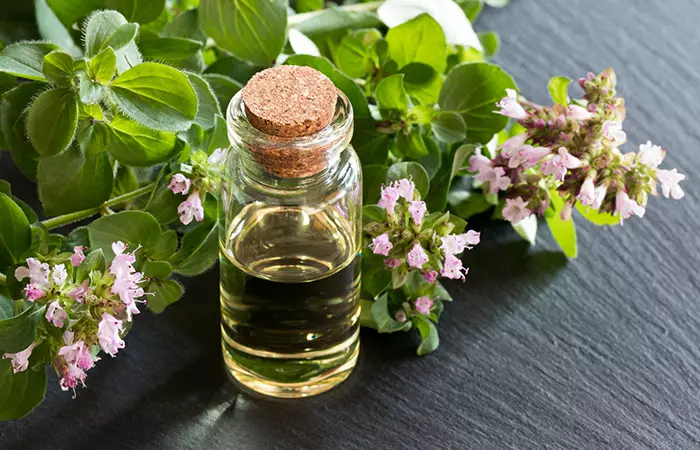
Also referred to as “nature’s antibiotic,” oregano oil has antiviral properties. It contains carvacrol, which is effective against viruses affecting animals and humans (4). While there is no proof if it works against human papillomavirus or can remove skin tags, proponents of oregano oil claim that it can remove skin tags.
3. Frankincense Essential Oil
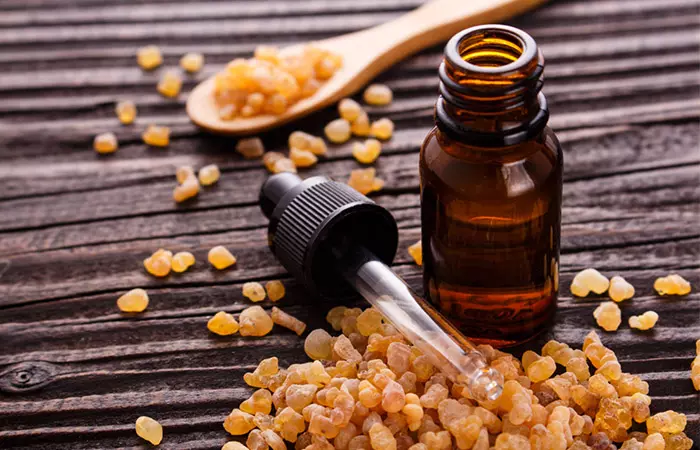
Frankincense oil is known for its antimicrobial activities, wound healing, and anti-inflammatory effects in soothing skin issues (5). Frankincense finds a place in traditional healing methods and is a herbal medicine believed to remove skin tags.
4. Lavender Essential Oil
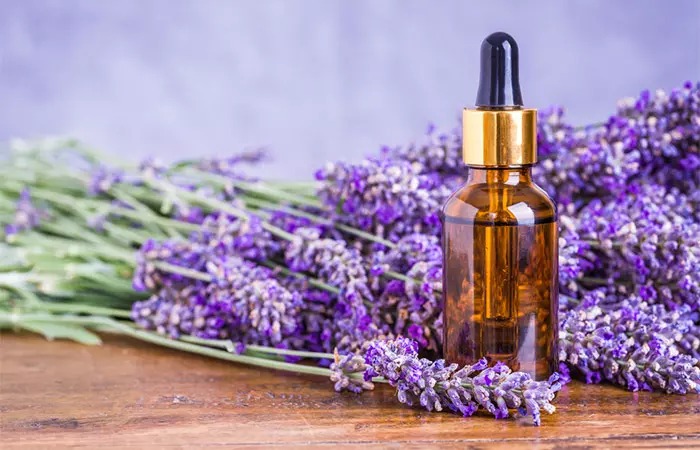
Lavender essential oil is widely used in traditional Chinese alternative medicine and is known for its antifungal and antibacterial properties (6). Many people use it for aromatherapy, skin healing, skin tag removal, and preventing new ones from occurring.
5. Lemon Essential Oil

The lemon essential oil is a potent antiseptic and antioxidant. It is used for its anti-aging benefits (7). Anecdotal evidence claims that lemon oil can help get rid of skin tags quickly and effectively.
6. Clove Oil
Clove essential oil is used in formulating several cosmetic products. Though there is currently no scientific evidence to prove its efficacy in removing skin tags, anecdotal evidence suggests that the phytochemicals present in it may help restrict the blood flow to the skin tag, causing it to dry and fall off. Combined with rosehip oil, it may help speed up the healing process and heal the scar left on the skin.
7. Cedarwood Oil
Cedarwood essential oil is known for its anti-inflammatory and antibacterial properties (8). Although not scientifically proven, applying cedarwood essential oil on a skin tag might help dry it out, causing it to shrink. With continued use, the skin tag may eventually fall off.
The remedies mentioned are based on anecdotal evidence and limited research, meaning some may work while others might not. Since essential oils are being applied to the skin, it is important to exercise caution. Essential oils are extremely potent and should not be used undiluted. Some oils may cause allergic reactions, particularly for sensitive skin. Always perform a patch test before use and consult a healthcare professional if you have concerns or pre-existing skin conditions. And, if you are sure of using it, here is the correct way to use essential oils for removing skin tags.
How To Use Essential Oils To Get Rid Of Skin Tags
- Mix 2-3 drops of the essential oil with a tablespoon of any carrier oil.
- Use avocado, olive, jojoba, almond, and coconut oils for dilution.
- Dip a cotton swab into the mixture and apply it to the skin tag.
- Cover with a band-aid.
- Repeat every night until you see a difference in the size of the tag.
Always do a patch test to avoid allergic reactions. You can even prepare an oil blend and store it in a cool dark place. Here is an easy recipe.
DIY Essential Oil Blend To Remove Skin Tags
You Will Need
- 2 drops of tea tree essential oil
- 2 drops of oregano oil
- 1 drop of frankincense essential oil
- 1 drop of lavender essential oil
- 1 drop of peppermint oil
- 4 tablespoons of carrier oil
Method
- Mix all the oils and pour the blend into a glass jar.
- Store it in a cool and dark place.
- Use as required.
In the next section, we have discussed some handy tips to prevent skin tags and keep your skin healthy.
How To Prevent Skin Tags
- Wear loose-fitting clothes to prevent excessive friction, especially on the body folds.
- Use a sharp razor for shaving. A dull razor blade can cause repeated friction and may damage your skin.
- Keep the skin folds moisturized. This prevents friction and keeps the skin hydrated. Focus on areas like the underarms and under breasts.
Here are a few more measures you can follow to prevent skin tags.
Precautionary Measures To Consider
- Get your skin tag examined by a doctor before you try any home remedies for skin tags to treat it yourself.
- If it does not seem to go away or keeps regrowing, you may consider cosmetic removal.
- If the skin tag bleeds, itches, or changes color, consult with your dermatologist immediately.
 Quick Tip
Quick TipInfographic: Essential Oils For Treating Skin Tags
Essential oils are used for a variety of reasons — from their smell to overall soothing effects. Not surprisingly, some of them are quite potent in treating and preventing certain skin conditions and improving skin health. Below are a few essential oils considered helpful in case of skin tags. Take a look!

Illustration: StyleCraze Design Team
Skin tags are small and harmless skin growths that commonly occur on the face, neck, thighs, and armpits. While the exact cause behind skin tags is unknown, several factors such as type 2 diabetes, genetics, and pregnancy have been associated with skin tags. Even though current evidence does not prove the effectiveness of essential oils for skin tags, you can use tea tree oil or lavender essential oil to reduce the size of skin tags. You can take simple measures such as wearing loose clothes and keeping your skin fold moisturized to prevent the formation of skin tags. Consult your doctor if your skin tag itches or bleeds.
Illustration: Essential Oils For Skin Tags - How To Use And Side Effects

Image: Stable Diffusion/StyleCraze Design Team
Frequently Asked Questions
Are essential oils safe for all skin types?
Essential oils can be safe for many skin types, but it is important to always do a patch test first. Some people may have sensitivities or allergies, so checking how your skin reacts is wise.
How long does it take to see results from using essential oils on skin tags?
Results can vary depending on the individual and the oil used. Some may notice changes within a few weeks, while others might take longer.
Can I put frankincense oil directly on my skin?
Essential oils, including frankincense oil, are potent. Hence, you must dilute it with a carrier oil before applying it to your skin.
Can frankincense burn your skin?
Frankincense essential oil could be safe to use. However, it may cause skin irritation in specific individuals. So, to be safe, run a patch test to see whether you’re allergic to this oil.
Can you mix essential oils with water for a spray?
Yes, you can combine essential oils with distilled or pure water. But do ensure to use an emulsifier before you dissolve the oil in water.
Explore the natural remedy of using tea tree oil to remove skin tags in this insightful video. Learn the step-by-step process and harness the power of this essential oil for smooth, tag-free skin. Check it out!
Personal Experience: Source
StyleCraze's articles are interwoven with authentic personal narratives that provide depth and resonance to our content. Below are the sources of the personal accounts referenced in this article.
i. How My Skin Tag Disappeared Using Tea Tree Oil https://exploringrealfood.blogspot.com/2014/04/how-my-skin-tag-disappeared-using-tea.htmlReferences
Articles on StyleCraze are backed by verified information from peer-reviewed and academic research papers, reputed organizations, research institutions, and medical associations to ensure accuracy and relevance. Read our editorial policy to learn more.
- A CLINICAL EVALUATION OF SKIN TAGS IN RELATION TO OBESITY, TYPE 2 DIABETES MELLITUS, AGE, AND SEX
https://www.ncbi.nlm.nih.gov/pmc/articles/PMC3179001/ - Tea Tree Oil (Melaleuca alternifolia)-An Efficient Treatment for Warts: Two Case Reports
https://www.researchgate.net/publication/313333903_Tea_Tree_Oil_Melaleuca_alternifolia-An_Efficient_Treatment_for_Warts_Two_Case_Reports - Topical Application of Tea Tree Oil for the Treatment of Verruca Vulgaris
https://pmc.ncbi.nlm.nih.gov/articles/PMC10587812/ - Antiviral activity of the Lippia graveolens (Mexican oregano) essential oil and its main compound carvacrol against human and animal viruses
https://www.ncbi.nlm.nih.gov/labs/pmc/articles/PMC3768712/ - Volatile composition and antimicrobial activity of twenty commercial frankincense essential oil samples
https://www.sciencedirect.com/science/article/pii/S0254629910001705 - Antifungal Effect of Lavender Essential Oil (Lavandula angustifolia) and Clotrimazole on Candida albicans: An In Vitro Study
https://www.ncbi.nlm.nih.gov/labs/pmc/articles/PMC4621348/ - Biochemical studies on a novel antioxidant from lemon oil and its biotechnological application in cosmetic dermatology
https://pubmed.ncbi.nlm.nih.gov/10568210/ - Characteristics of two cedarwood essential oil emulsions and their antioxidant and antibacterial activities
https://pubmed.ncbi.nlm.nih.gov/33422919/
Read full bio of Dr. Priya Gill
Read full bio of Ramona Sinha
Read full bio of Anjali Sayee
Read full bio of Shiboli Chakraborti






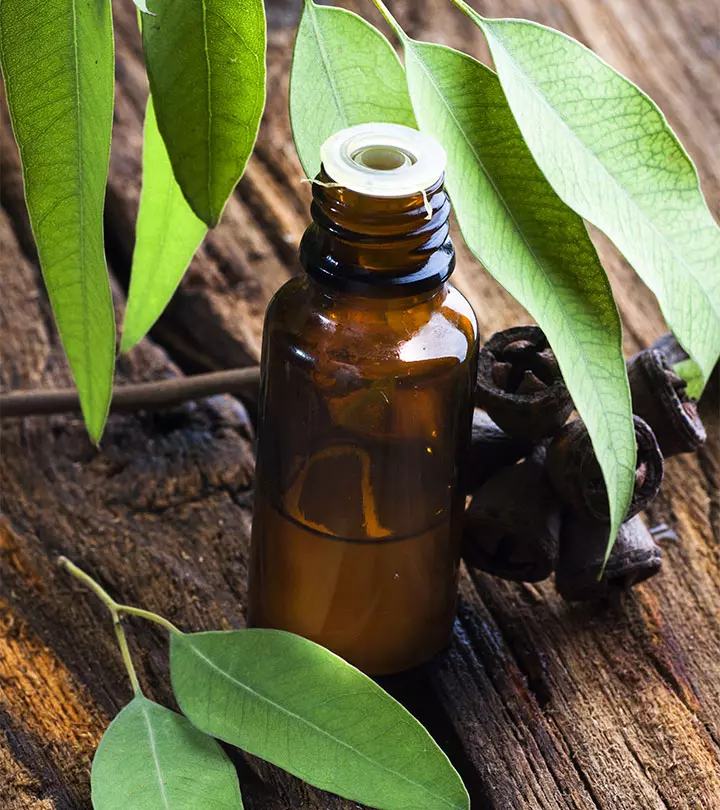
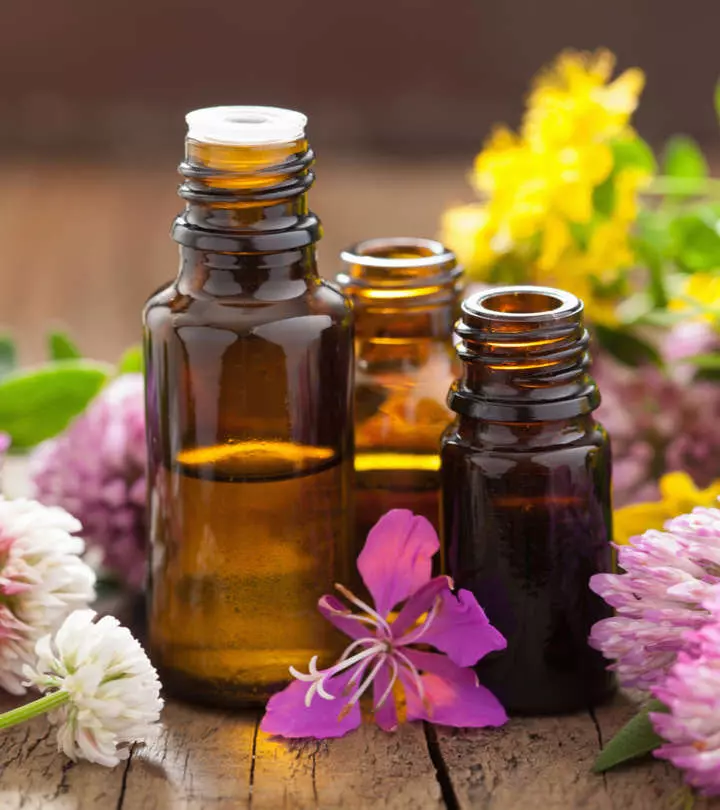
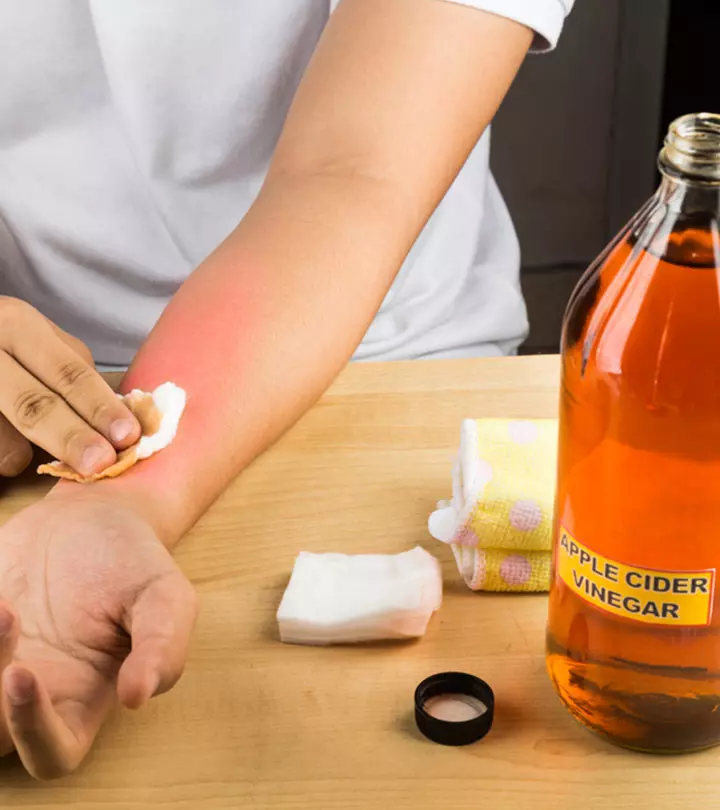
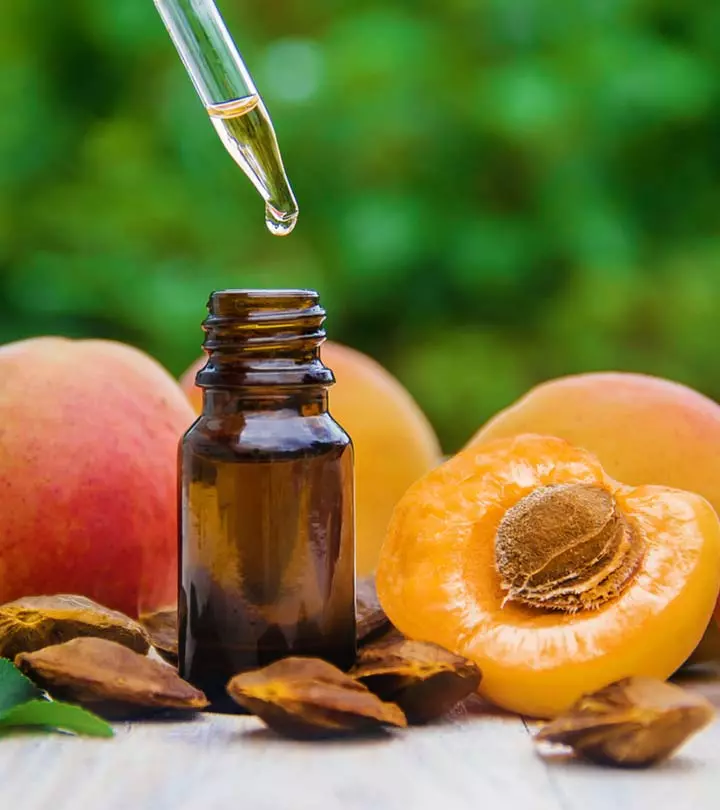
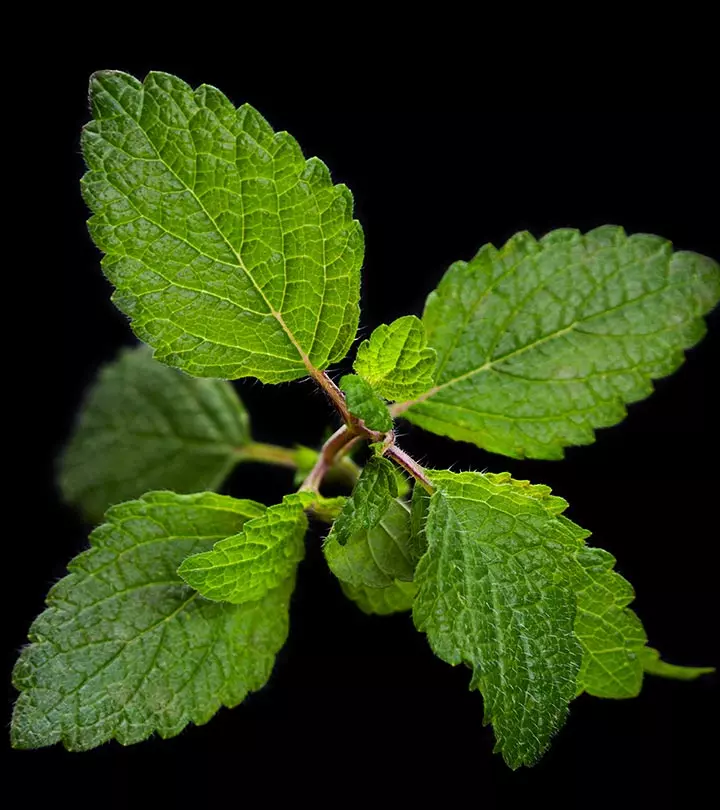

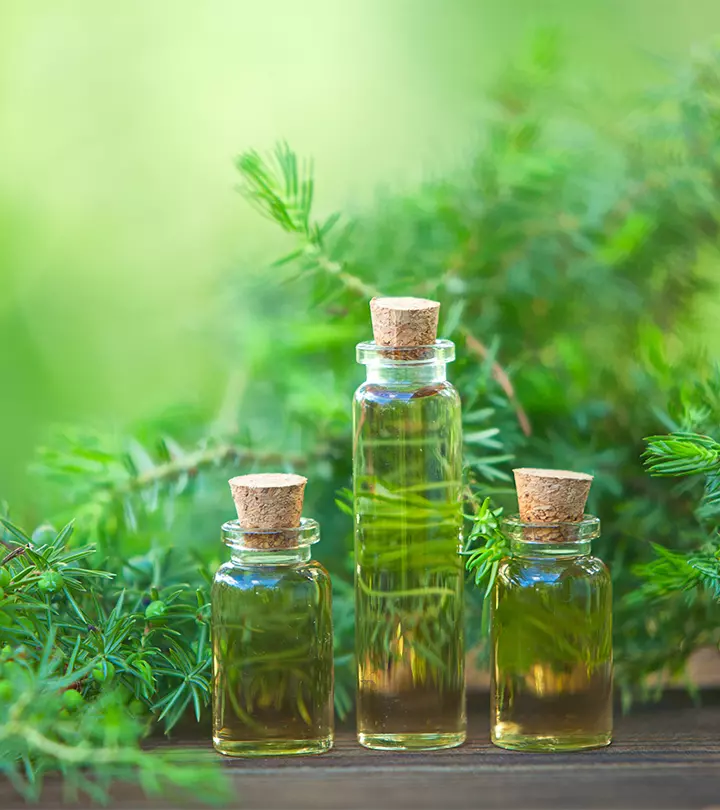
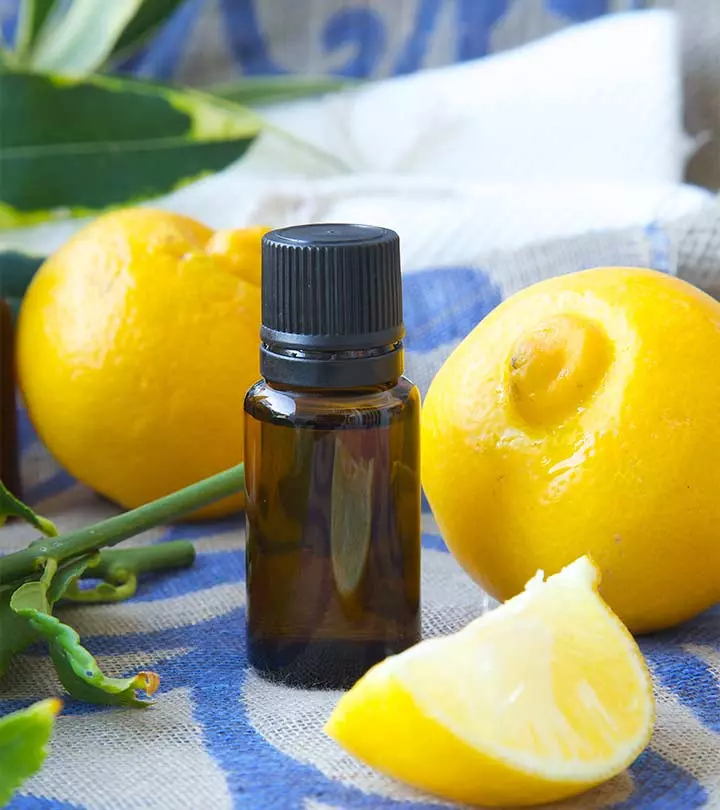
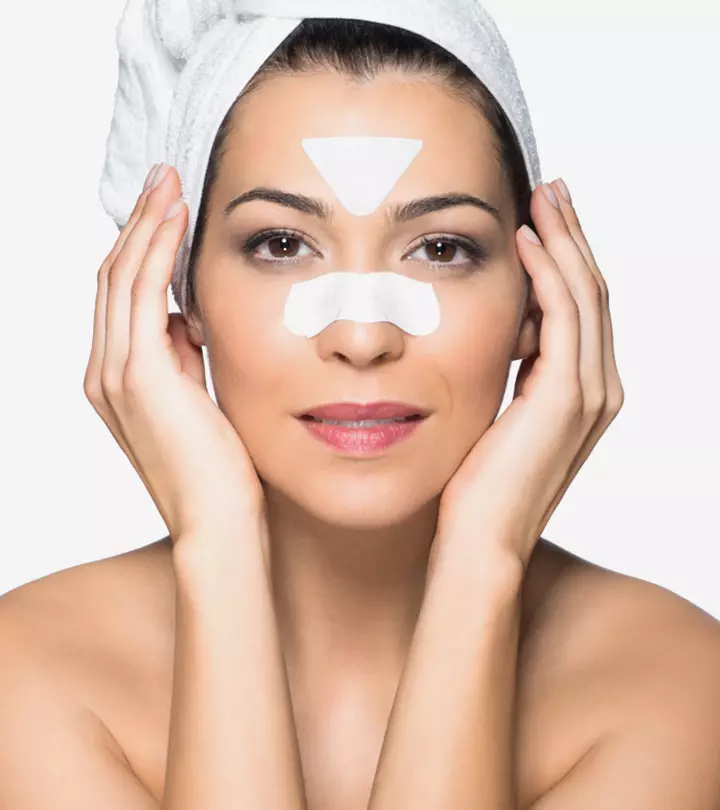
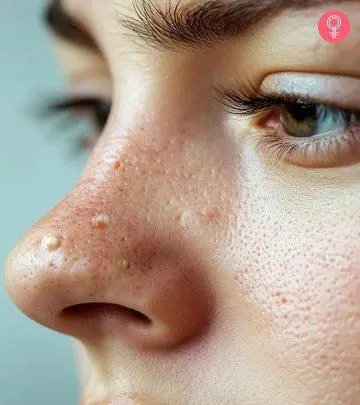
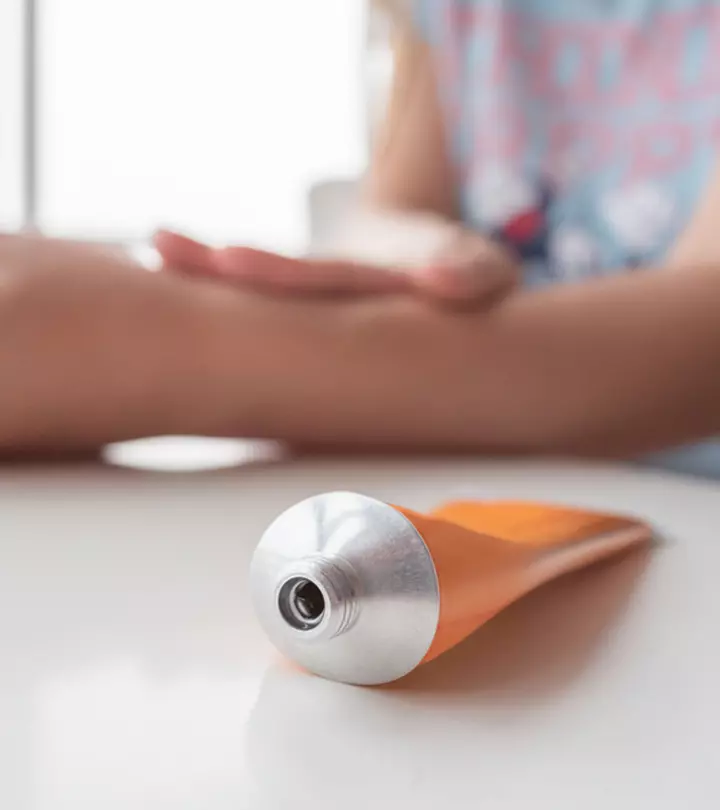

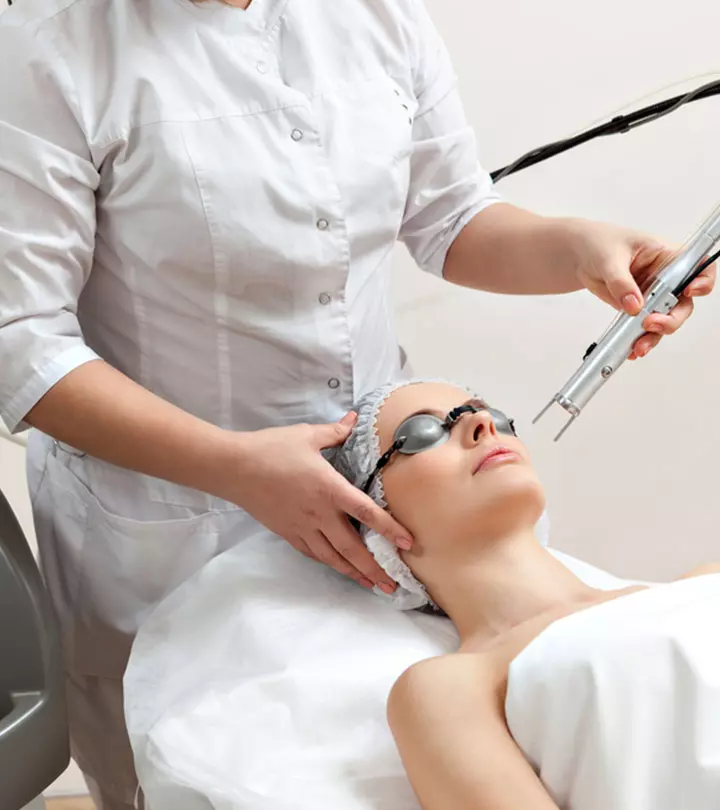
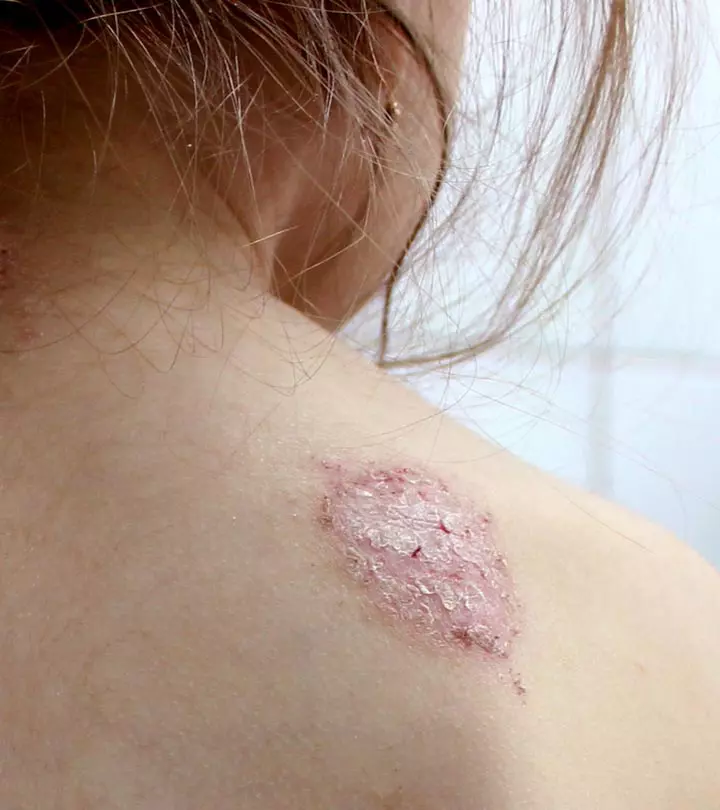
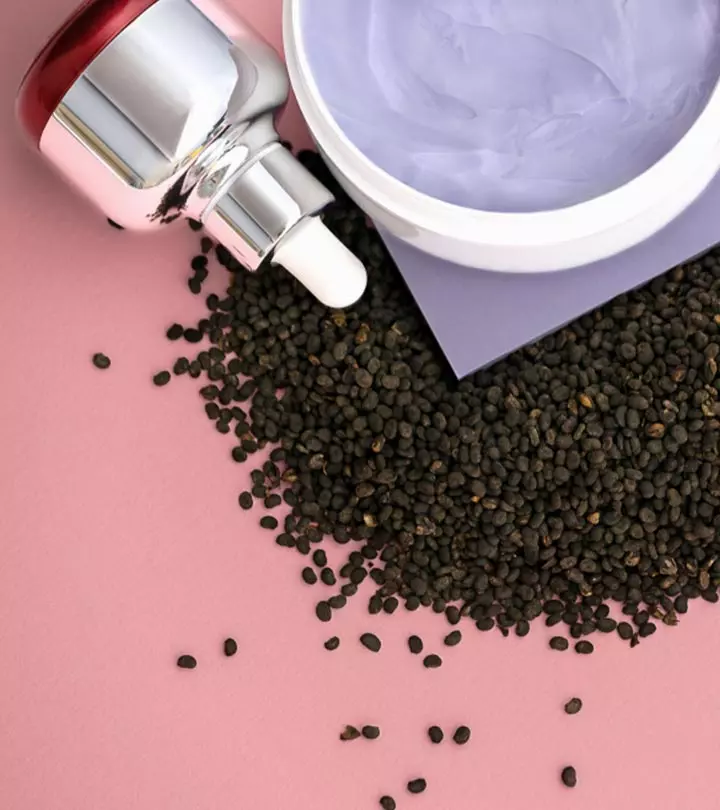
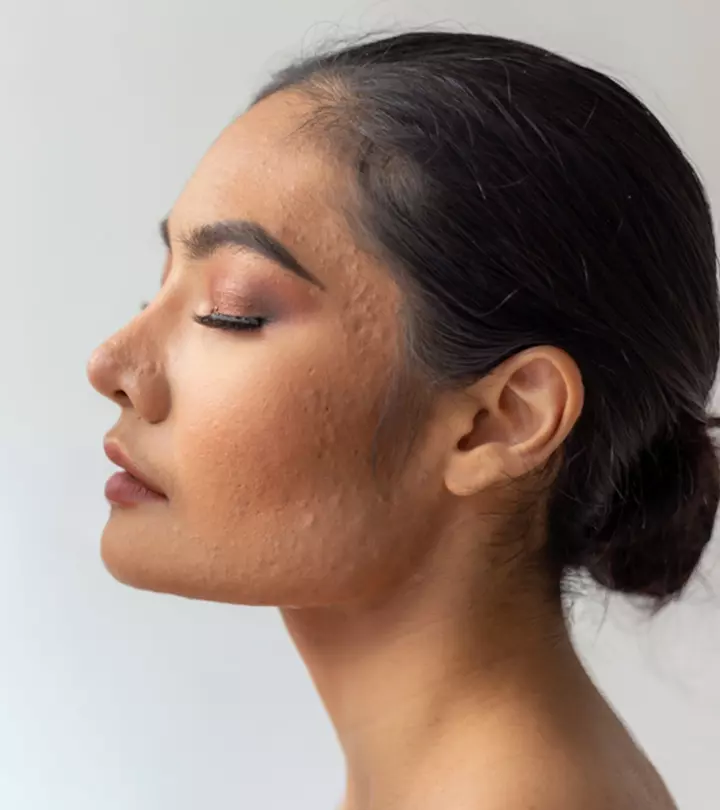
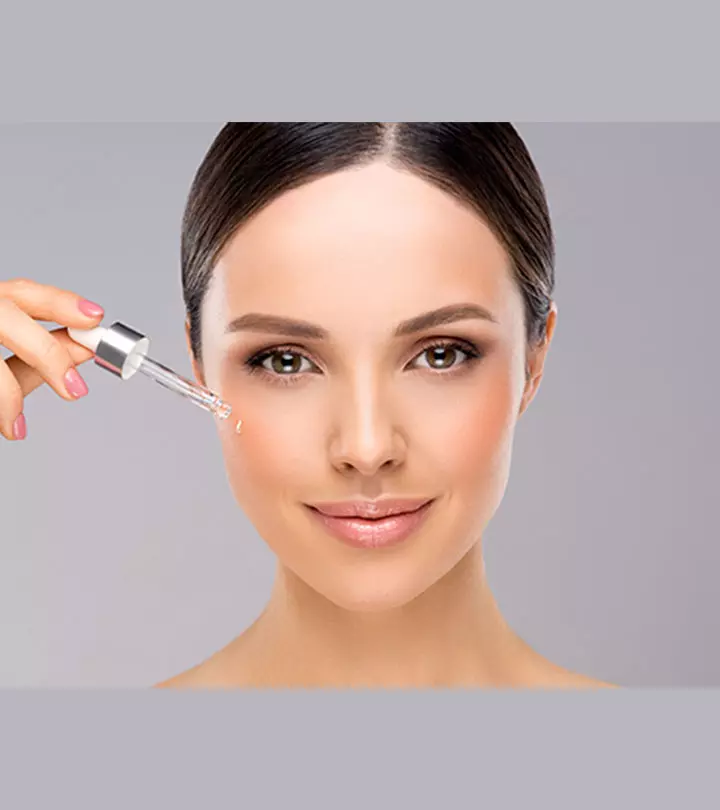
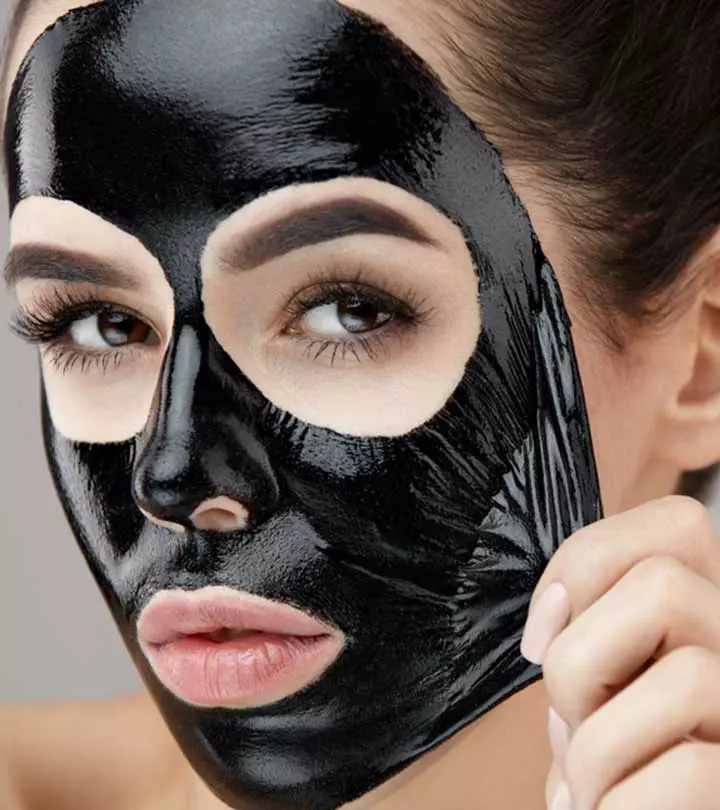
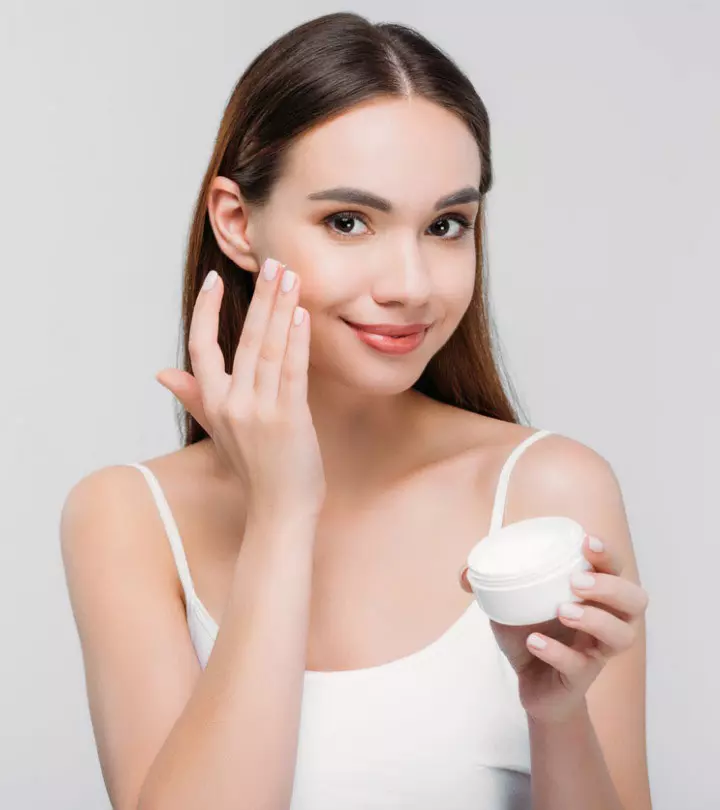
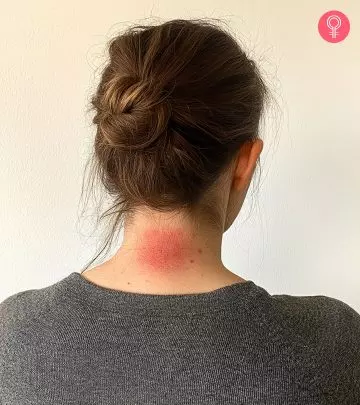
Community Experiences
Join the conversation and become a part of our empowering community! Share your stories, experiences, and insights to connect with other beauty, lifestyle, and health enthusiasts.